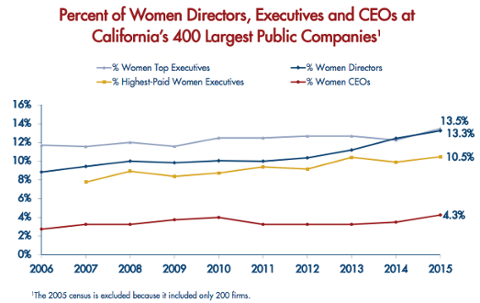The experiences of young and midcareer women in math-intensive fields are, for the most part, similar to those of their male counterparts: They are more likely to receive hiring offers, are paid roughly the same (in 14 of 16 comparisons across the eight fields), are generally tenured and promoted at the same rate (except in economics), remain in their fields at roughly the same rate, have their grants funded and articles accepted as often and are about as satisfied with their jobs.Their study concluded that, in sum, math-and-science academia reflects gender fairness, rather than gender bias. But while colleges and universities may have made a lot of progress, a lot more work still needs to done when it comes to encouraging girls to study STEM fields in the first place. To find IT management jobs, click here. “We need to get to girls before the university level,” said Judith Hurwitz, principal analyst for Hurwitz & Associates, an IT advisory service. “We need to get to them early and we need to get them role models.” Hurwitz added that many of the women who have climbed the IT ranks are not particularly good at building networks with other women or mentoring younger ones, which she attributed largely to the culture in which they work: As individuals who operate outside the “boys club,” most of these women became successful in the absence of any social network. While there is room for improvement when it comes to systematically addressing these issues, a broad number of individual efforts are underway. CA Technologies, for example, launched Tech Girls Rock, a partnership with Boys & Girls Club of America through which the company pays to expose grade-school girls to technology, including sending them to the recent CA World 2014 conference. Organizations such as the Anita Borg Institute, Catalyst and Women in Technology all promote career development among women in technology. But change comes slowly.
Upload Your ResumeEmployers want candidates like you. Upload your resume. Show them you're awesome.
Related Articles
- Lack of Mentorship Hobbles Women in Tech
- Shortage of Women in Tech Kills Productivity
- Women in Tech Triumph in Kickstarter Funding



